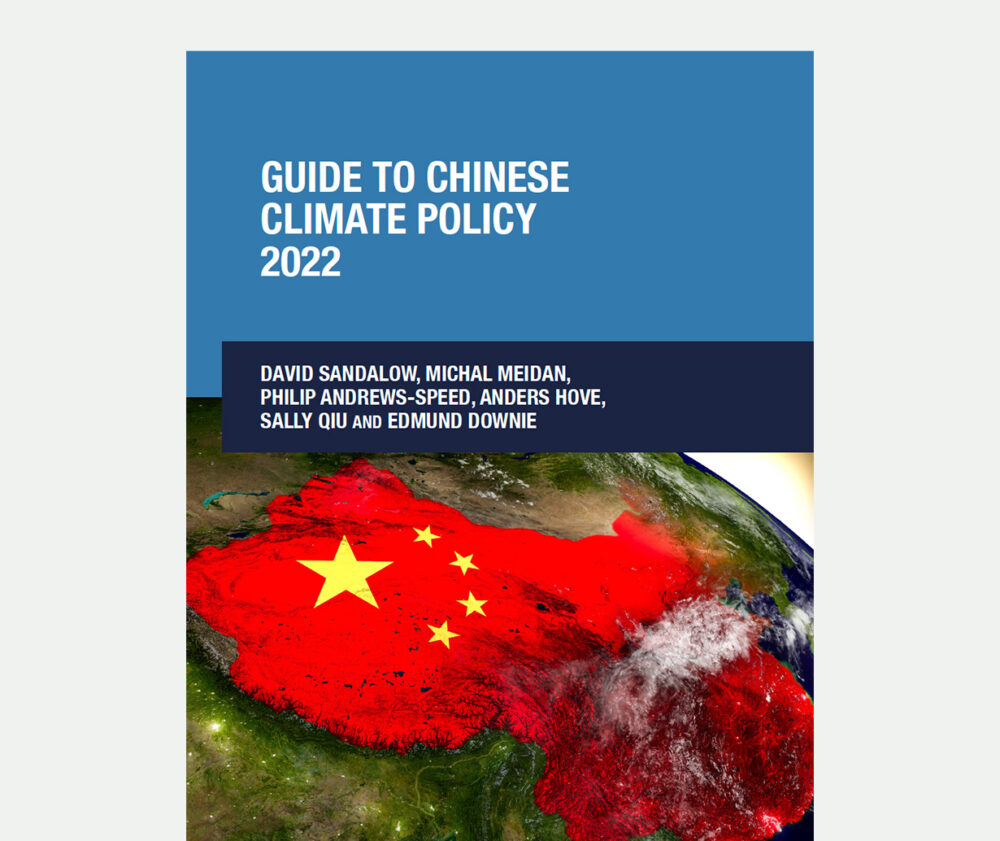There are significant uncertainties with regard to estimates of Chinese emissions of heat-trapping gases. Although China’s data collection systems have improved enormously in recent years, those systems are not as developed or transparent as similar systems in many industrialized countries. In addition, some Chinese data may have systematic reporting biases. Some provincial economic and energy data may be overstated, for example, because promotion criteria for provincial officials have traditionally emphasized hitting GDP targets. China’s National Bureau of Statistics has revised its estimates of coal consumption and other energy data several times in the past 20 years, with significant implications for emissions estimates.35
Analysis of Chinese emissions data in the peer-reviewed literature has grown in recent years.
- In 2012, a Nature paper found a 1.4 Gt gap between China’s CO2 emissions when calculated based on two different sets of official statistics (national and provincial). As the authors note, 1.4 Gt is roughly equal to annual CO2 emissions from Japan. 36
- In 2015, a Nature paper concluded that previous estimates of Chinese carbon dioxide emissions may have been overstated by roughly 10%, mainly due to errors estimating emissions factors for Chinese coal. 37
- In 2016, a Nature paper raised questions about previous estimates of a drop in Chinese coal use and related reduction in emissions. 38
- A 2017 Climate Policy paper examined uncertainties in estimates of China’s emissions of non-CO2 heat-trapping gases. 39
- In 2018, a Nature article found uncertainties in China’s 2015 emissions estimates of −15% to 25% at a 97.5% confidence level. 40
- In 2018, an Energy Policy paper explored how modifications in China’s energy statistics create uncertainty with respect to China’s ability to meet its carbon peaking targets. 41
- In 2020, a Scientific Data paper found uncertainties in China’s energy-related emissions estimates of -15% to 30% at a 97.5% confidence level. 42
- In 2022, a China Economic Review paper analyzed revisions in China’s energy statistics following the Third National Census in 2013 and causes of the discrepancies between China’s national and provincial energy data. 43
Improving emissions data is a goal of the Chinese government. In 2014, the National Bureau of Statistics and National Development and Reform Commissions (NDRC) established a 23-member Leading Group on Climate Statistics and launched “climate change statistical practice pilots” in 15 provinces. In 2016, the State Council’s Work Plan for Controlling Greenhouse Gas Emissions in the 13th Five-Year Plan directed provinces and municipalities to “strengthen statistical work on climate change,” “improve the greenhouse gas emission measurement and monitoring system” and “promote greenhouse gas emissions data disclosure.” In 2021, NDRC’s Action Plan for Carbon Dioxide Peaking Before 2030 said:
“We will improve our capacity for the statistics and accounting of carbon emissions, work for better accounting methods and accelerate the establishment of a unified and standardized carbon emissions measuring and counting system. We will support industries and businesses in conducting methodology research on carbon emissions accounting based on their own characteristics and set up a sound measuring system for that purpose.” 44
In August 2021, a Working Group on Carbon Emission Statistics and Accounting was established under the National Leading Group for Carbon Peaking and Carbon Neutrality. Co-led by NDRC and the National Bureau of Statistics (NBS), the Working Group coordinates carbon emission statistics and accounting procedures among ministries, provinces and companies. 45 In August 2022, NDRC, NBS and the Ministry of Ecology and Environment announced an Implementation Plan on Accelerating the Establishment of a Unified and Standardized Carbon Emission Statistics and Accounting System. The Plan says that
“by 2025, the unified and standardized carbon emission statistics and accounting system will be further improved, the data quality will be improved in an all-round way, and comprehensive, scientific and reliable data support will be provided for carbon peaking and carbon neutralization.” 46
References

